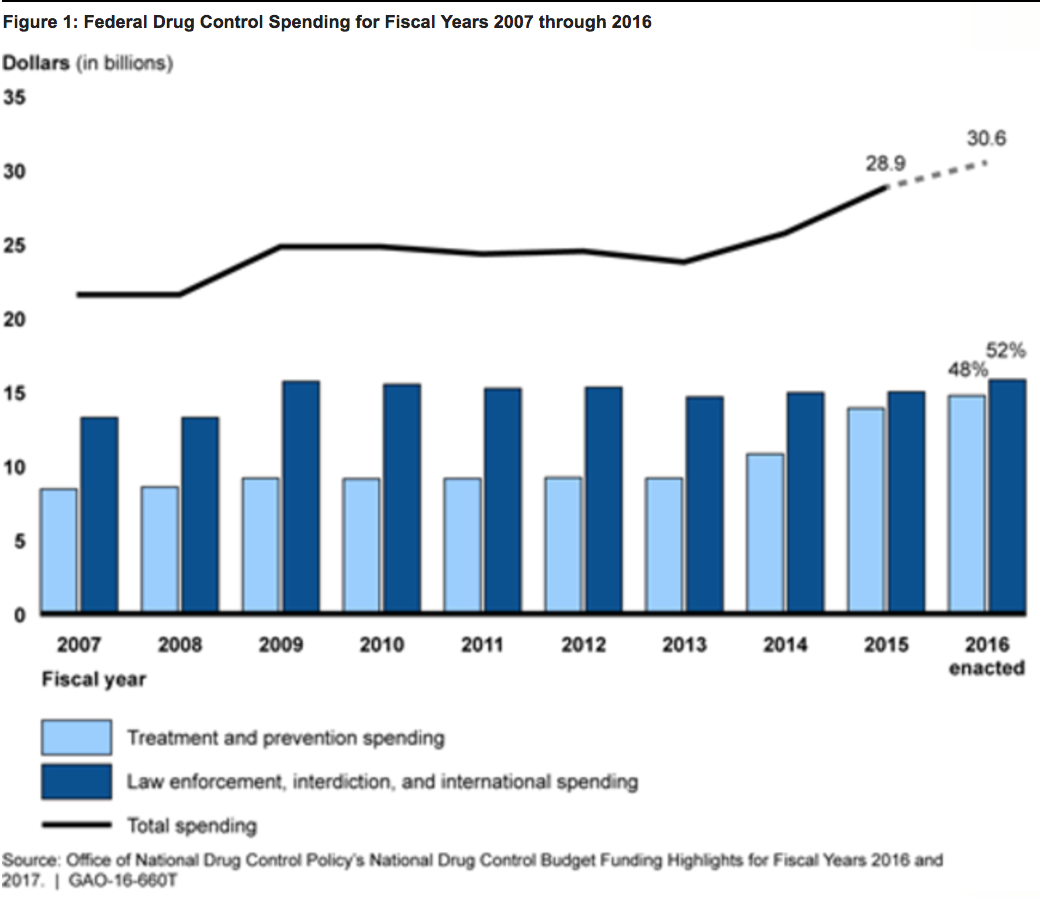Last week, President Donald Trump’s administration unveiled its “blueprint budget“— a less-detailed version of the budget it’ll eventually send to Congress. The budget is likely to change before it becomes the law of the land, so don’t consider the numbers below final. Still, it at least offers a preliminary look into the White House’s approach to America’s opioid epidemic.
In many ways, Trump’s budget maintains the strategy for preventing and treating opioid addiction that President Barack Obama established over the past eight years. But the Trump White House approach differs from its predecessor in one major aspect: The repeal and reform of the Affordable Care Act may make a big difference to whether insurance companies cover mental-health benefits and what anti-addiction programs the government pays for.
Meanwhile, let’s take a closer look at the budget.
1. The Budget Keeps Big Money for Opioid Addiction Treatment and Prevention
Late last year, large, bipartisan majorities in the House of Representatives and Senate passed the 21st Century Cures Act, which allotted $1 billion over two years for states to use in anti-opioid addiction programs. The Trump budget appears to keep that funding: It says it includes “a $500 million increase above 2016 enacted levels to expand opioid misuse prevention efforts and to increase access to treatment and recovery services to help Americans who are misusing opioids get the help they need.”
2. The Budget Offers a Bit More for Reducing the Drug Trade
The budget says it “supports efforts at the [Department of Justice’s] law enforcement components by providing a combined increase of $175 million above the 2017 annualized CR level to target the worst of the worst criminal organizations and drug traffickers in order to address violent crime, gun-related deaths, and the opioid epidemic.”
For many years, America spent much more on catching people selling and using drugs than it did on preventing and treating addiction. In 2013, that began to change. Now the drug treatment and law enforcement budgets are nearly the same.

The balance of numbers in the Trump budget continues the trend.
3. The Budget Offers Lots of Money for a Wall, but Many Experts Don’t Think It Will Help
Trump’s budget calls for $2.6 billion for border security technology and a physical wall between the United States and Mexico. The document says this investment will help “stem the flow of people and drugs illegally crossing the U.S. borders.” But many experts say better border security won’t keep Mexican heroin out of the U.S. “The roads for the traffic of cocaine and marijuana move from one day to the next,” as former Swiss president Ruth Dreifuss told Pacific Standard last year. “It’s an illusion to think you can stop traffic with a wall.”





